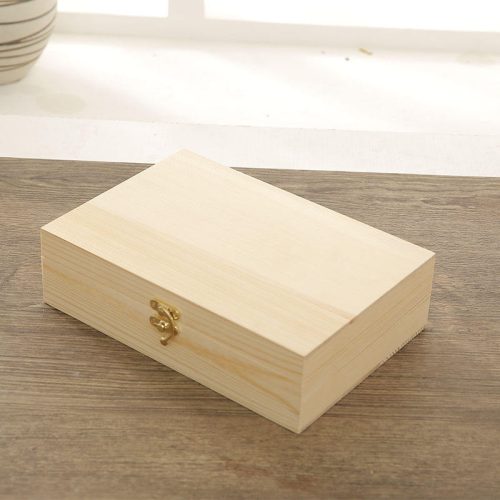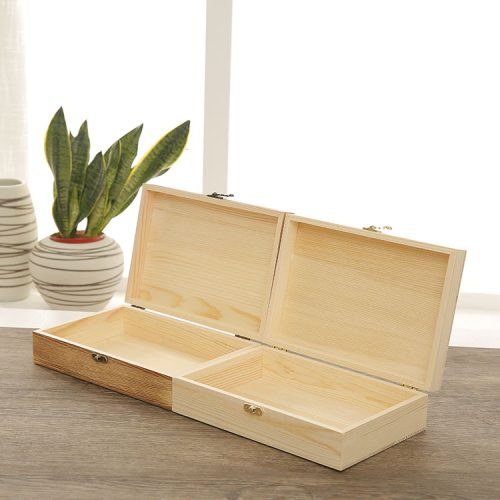Luxury packaging materials and technology are constantly evolving, with advancements in science and technology driving innovation and creativity. Here are some examples of the science behind luxury packaging materials and technology:
- Materials: Luxury packaging materials are often chosen for their unique properties, such as durability, lightness, or flexibility. For example, metals such as aluminum and titanium are often used for their strength and resistance to corrosion, while plastics such as PET and HDPE are lightweight and flexible. Natural materials such as wood and leather are also popular choices for their premium look and feel.
- Coatings and Finishes: Coatings and finishes are applied to luxury packaging materials to enhance their appearance and durability. For example, UV coatings are used to protect packaging from fading, while laminates can add a glossy or matte finish to the packaging.
- Printing: Printing technology has advanced significantly in recent years, allowing for highly detailed and intricate designs to be printed on luxury packaging. Digital printing allows for greater flexibility in printing design and color, while holographic printing can create a 3D effect that enhances the visual appeal of the packaging.
- Sustainable Materials: Sustainable materials are increasingly being used in luxury packaging, as consumers become more aware of environmental issues. Materials such as biodegradable plastics, recycled paper, and bamboo are popular choices for their eco-friendliness.
- Smart Packaging: Smart packaging uses technology such as RFID tags, QR codes, and sensors to provide additional information to customers, such as product information, expiration dates, and storage instructions. This technology can enhance the functionality of the packaging and create a more interactive experience for the customer.
Overall, the science of luxury packaging materials and technology is constantly evolving, driven by consumer demand for more innovative and sustainable packaging solutions. By keeping up with the latest advancements in materials, coatings, printing, sustainability, and smart packaging, small businesses can create packaging that not only enhances the customer experience but also reflects their commitment to innovation and creativity.


